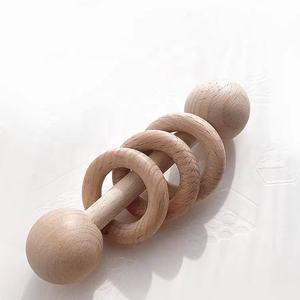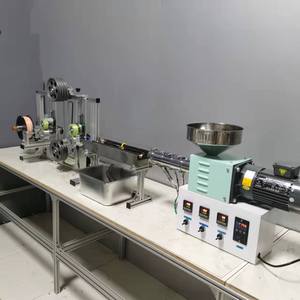**Squirt Guns, Space Rockets, and Salad Bowls: What’s Actually Inside Your 3D Printer?**
(What Material Is Used For 3d Printing)
Imagine a machine that can spit out a toy, a car part, or even a pizza. 3D printers are that magic. But none of it happens without the real star: the materials. Let’s dig into the stuff that turns digital dreams into real-life objects.
Plastic is the MVP here. Most 3D printers use it. Two types rule the game: PLA and ABS. PLA is the friendly neighbor. Made from cornstarch or sugarcane, it smells like pancakes when melted. It’s great for things like phone cases or garden decorations. But leave a PLA vase in a hot car, and it’ll melt faster than an ice cube in July. That’s where ABS jumps in. Tougher than PLA, it’s the go-to for LEGO bricks or car dashboards. The catch? Printing ABS smells like burnt plastic. Open a window.
Nylon steps up when you need something bendy. Think hinges, gears, or shoe soles. It’s strong, flexible, and survives wear and tear. Print a nylon wrench, and it might just outlast your metal one.
But what if you need metal? No problem. Printers can handle that too. Stainless steel, titanium, even gold—metal powders get mixed with glue, printed layer by layer, then baked in a furnace. The glue burns off, leaving pure metal. This isn’t for hobbyists. It’s how SpaceX makes rocket parts and doctors print titanium bones.
Resins are the artists of the bunch. Liquid resin hardens under UV light, creating smooth, detailed prints. Dentists use it for crowns. Jewelers make intricate pendants. Ever seen a mini statue with every eyelash perfect? Thank resin. Just don’t touch the sticky liquid—it’s messy.
Now for the weird stuff. Ever eaten a 3D-printed cookie? Food printers use chocolate, dough, or cheese. They’re not kitchen staples yet, but they’re fun. Construction companies test printers that squeeze concrete layers to build houses. Too slow for now, but imagine printing a backyard shed in a day.
Wood? Yep. Mix sawdust with plastic, and you get filament that looks like oak or bamboo. Sand and stain it, and no one will guess it’s fake. There’s even “stone” filament—crushed chalk or limestone blended with plastic. Perfect for fake garden rocks that won’t break your back.
Scientists are pushing further. “Smart” materials change shape when heated or zapped with electricity. Print a flat sheet, apply heat, and it folds into a origami crane. Bioprinters use living cells to grow skin or organs. Still experimental, but one day hospitals might print a new liver on demand.
(What Material Is Used For 3d Printing)
The material world of 3D printing is exploding. From everyday plastics to sci-fi wonders, the options keep growing. Your next project could be made of coffee grounds, algae, or recycled tires. The only limit? Well, maybe your imagination.
Inquiry us
if you want to want to know more, please feel free to contact us. (nanotrun@yahoo.com)

